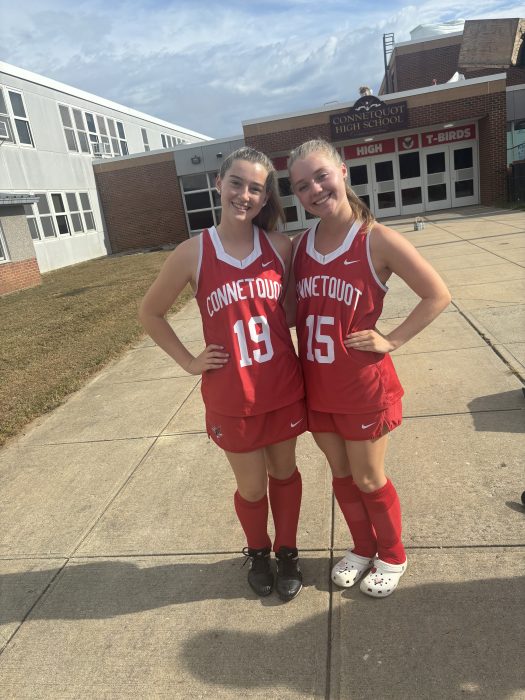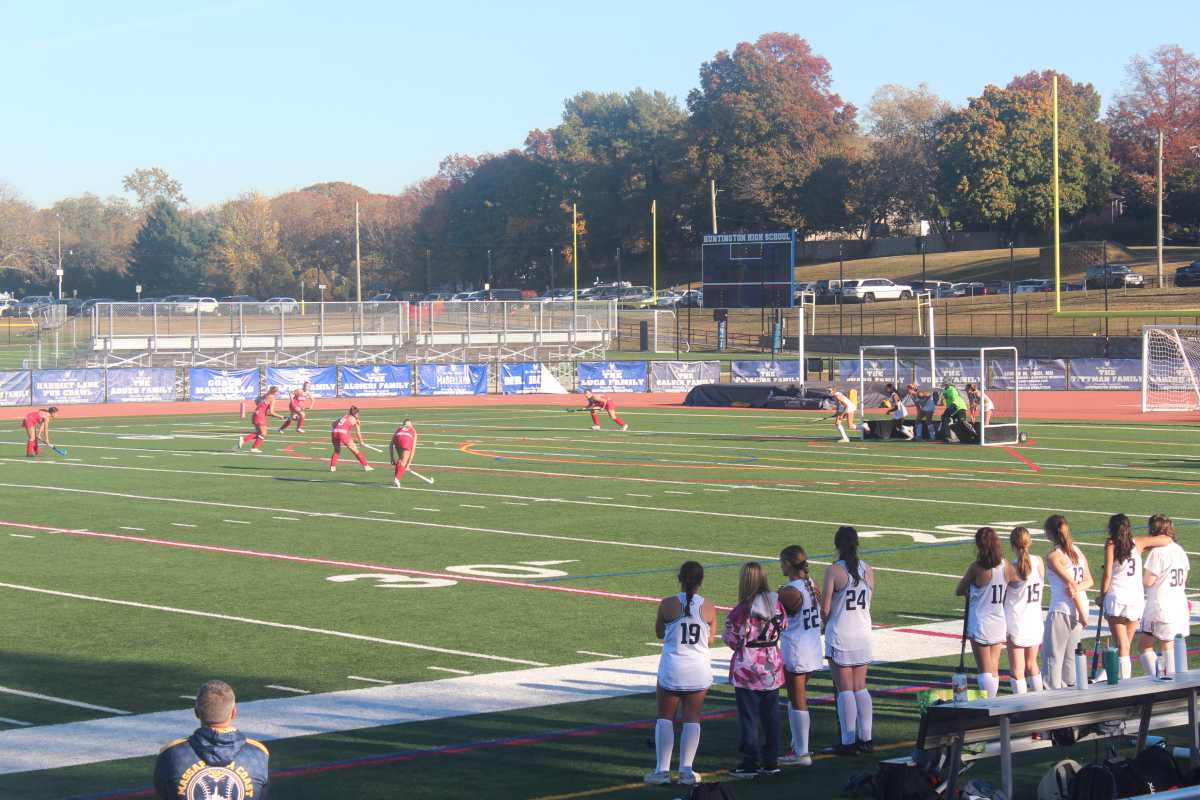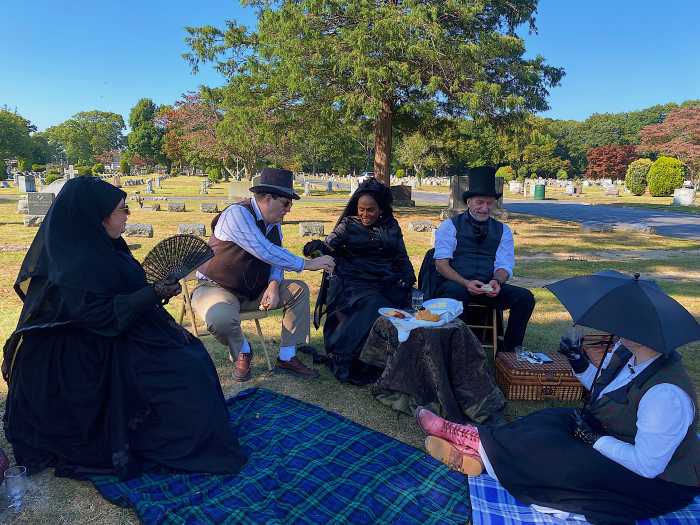Field hockey has been a staple sport that females play during middle and high school grade levels. It has provided excellent fitness, teamwork, and camaraderie opportunities for generations. Yet, the structure for many spectators remains unknown.
Suffolk County has 36 varsity public high school teams, divided into two divisions based on school size: 19 teams are in Division I, and 17 are in Division II.
With the fall season now concluding, many varsity teams have the opportunity to play for a championship. October concluded with three separate playoff brackets, A, B, and C, that will end with three Suffolk County champions.
The New York State Public High School Athletic Association Section XI Athletics Executive Director Tom Combs said the Power Rankings are determined from a mathematical formula calculated by a computer that generates points.
“The good thing about Power Rankings is everyone is alive until the end,” Combs said. “If you beat a good team, your points will increase. If you lose to a good team, your points will not go down that much.”
Division II comprises 13 B schools and four C schools. Teams that finish with a 0.500 (the same number of wins and losses) or better record make their respective playoff brackets. The C schools can petition to make the playoffs if their record is below 0.500 because they are in a division with B teams. A committee from Section XI will meet and decide whether to accept or deny the request.
Field hockey’s roots are as an Olympic sport, played by men and women. According to longstreth.com, it can be traced to ancient Egypt, Persia, and Greece. The game of field hockey, as we know it today, began in the late 19th century in the British Isles, and was brought to the United States in 1901 by Constance M.K. Applebee, an English woman.
NCAA.com states that field hockey is similar to soccer; it is played on a rectangular field 100 yards long by 60 yards wide with few specific variances. Two-goal cages on each end are 7 feet high, 12 feet wide, and 4 feet deep—eleven players on each team, including the goalie.
The surface can be grass or turf, but most high schools currently have turf fields. The field hockey ball is a hard sphere, like a lacrosse ball, that weighs between 5.5 and 5.7 ounces and is between 2.8 and 2.86 inches in diameter.
Connetquot High School in Bohemia is one of the Division I teams fighting for a spot in playoff bracket A. They finished the season with six wins, seven losses, and one tie (6-7-1). The Connetquot T-Birds lost their season finale against Walt Whitman High School but got help from Huntington High School. Huntington beat William Floyd High School, who was on Connetquot’s heels in 11th place, giving the T-Birds the 10th seed in playoff bracket A.
“I would like my players to continue with the sport after the season is over,” said Jennifer Piscitelli, the varsity coach at Connetquot. “Girls should play multiple sports to use different muscle groups.”
Travel teams on Long Island, like East End Field Hockey, play indoors during the winter and compete in tournaments throughout the year. Participating in other sports is another way to stay fit and strong for field hockey. Piscitelli suggested that spring sports like track and softball complement field hockey. Softball keeps hand-eye coordination in check, while track helps you to keep the player fighting fit for all the running that field hockey requires.
“You learn teamwork, and you’re always backing each other up,” Proud Field Hockey father Robert Sokol Jr. “You become a better person playing on a team.”
Sokol’s daughter, Kayla, is a senior on the Connetquot T-Birds varsity field hockey team. She plays defense and has been in the program since 7th grade.

Women still face a lot of adversity in the working world. Field hockey gives young women valuable tools to help them navigate troubled waters throughout their lifetime.
Visit sectionxi.org for up-to-date information about field hockey and the playoffs.



























